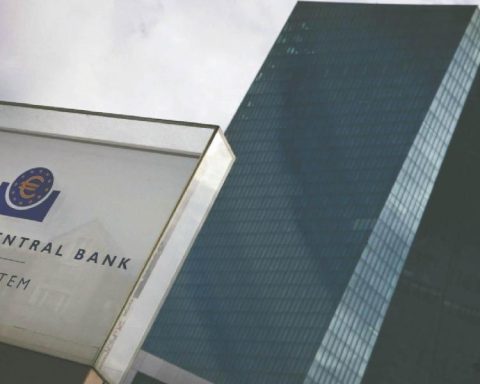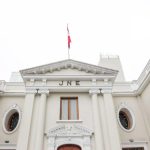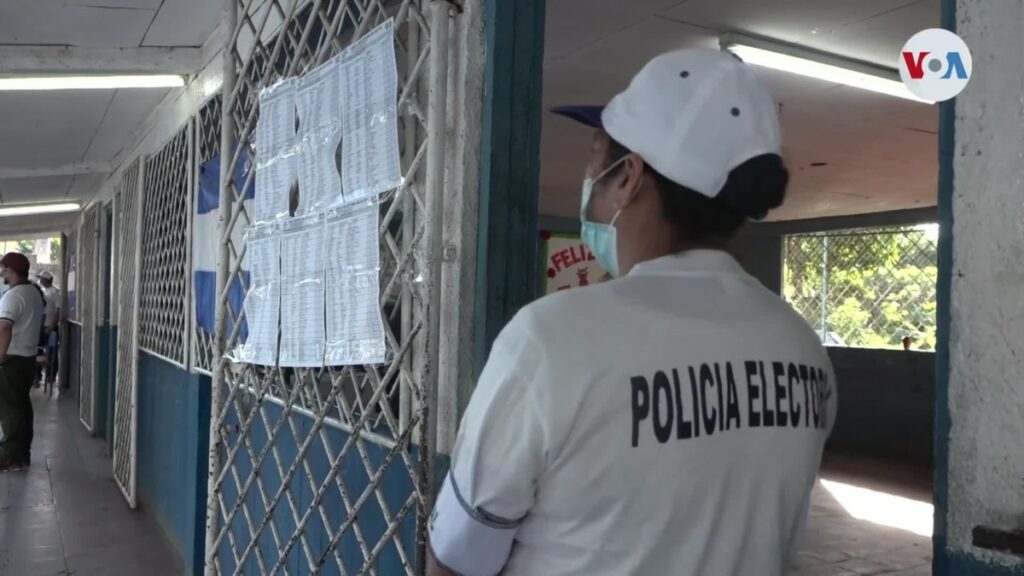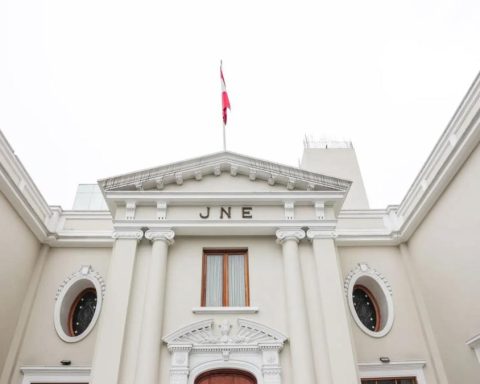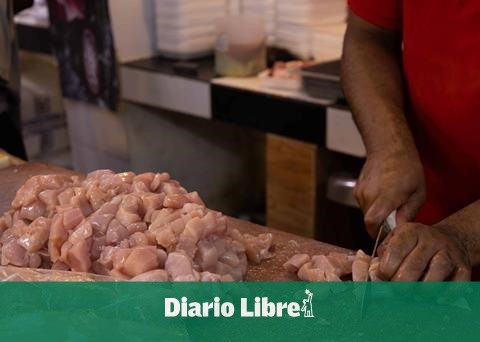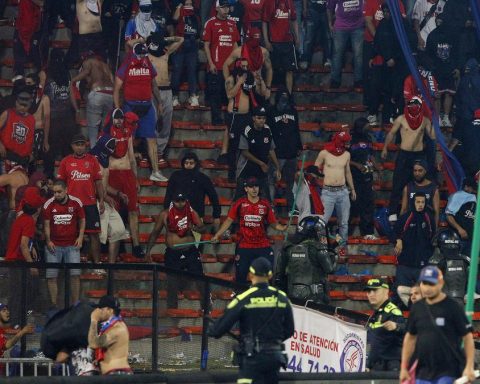After the last meeting, in September, the president of the Fed, Jerome Powell, said that “at some point” it will be convenient to slow down the pace of rate hikes and take stock of how the largest increase in the borrowing costs over 40 years.
Defining that point, or at least its parameters, will be the subject of intense debate at this week’s Federal Open Market Committee meeting.
Projections released at the end of the September 20-21 meeting suggest that most of the Fed’s 19 policymakers expect to be able to start slowing rate hikes in December and reach a maximum policy rate of between 4.50% to 4.75% in 2023.
But economic data since that meeting has been mixed, with US inflation still very high but with some signs that household spending and job growth are weakening.
During that time, Fed policymakers, with the notable exception of Powell, have offered a range of views on their position on a potential slowdown or even pause in rate hikes.
Fed Governor Michelle Bowman recently said she would look for signs that inflation is slowing before she wants to slow the pace of rate hikes. Minneapolis Fed President Neel Kashkari said he would be comfortable if inflation simply stopped accelerating.
It is not clear that two days of debate will be enough to resolve these differences.
“There still does not appear to be a consensus in the Committee on the preferred size of a hike in December, limiting Powell’s ability to offer guidance,” Nomura economists wrote on Friday.
Those economists and others predict that the Fed chief will point to the range of data to come before any decision has to be made – including two more monthly reports on the state of the US labor market and, most importantly, the new inflation readings.
“There is little reason for the committee to limit its options for December, as even more dovish participants would likely prefer more information on how inflation and overadjustment risks are evolving before signaling a policy shift,” they also wrote on Friday. Barclays economists.
Bets in the futures markets are tilted towards a slowdown in rate hikes from December, but ultimately for a Fed maximum interest rate of between 4.75% and 5.00%, slightly higher than what the political leaders themselves have indicated, for the beginning of next year.
With information from Reuters



